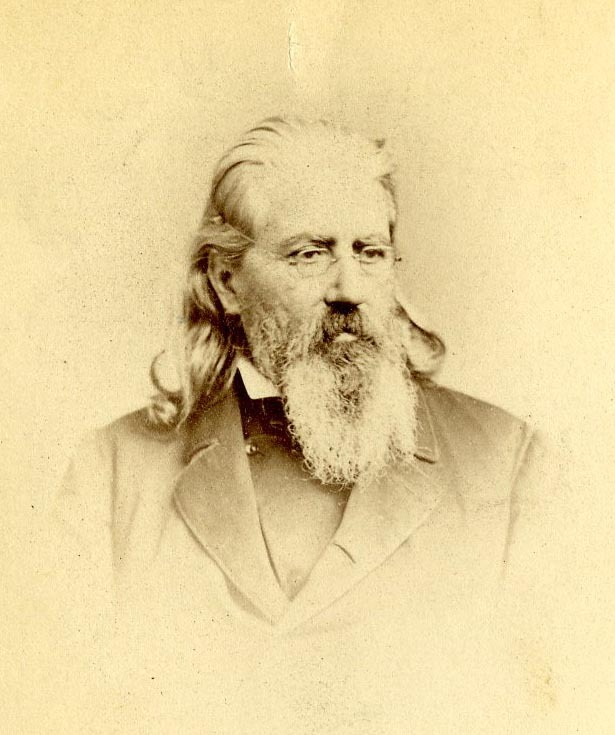Homeopathic Education and Practice
The first wave of homeopathic practitioners in Massachusetts were all converts to the new system from the old, and they employed an almost religious terminology, speaking of "the light of Homeopathy," "the truth of Homeopathy," "the homeopathic faith," and "the true law," viewing themselves as "defenders of the cause" who became "convinced of the truth"once they had witnessed the efficacy of homeopathic cures. Outbreaks of dysentery and cholera in the late 1840s helped to consolidate the hold of homeopathy as, statistically, fewer fatalities were seen in patients undergoing the new treatment than those with some of the heroic treatments of regular medicine. But as the two camps became more distinct and opposition to homeopathy grew more intense, the homeopaths could no longer expect to continue to make converts. There was also a growing need for homeopathic medical schools throughout the country in which physicians could be trained in the new system from the outset. Given time, there would then also be a sufficient number of homeopathic practitioners who could function as faculty and continue to train new students.
The Homeopathic Medical College of Pennsylvania (later the Hahnemann Medical College of Philadelphia), the nation's first successful homeopathic medical school, was organized in 1848 by Constantine Hering (1800-1880), one of the most prominent figures in the American movement. The college began to graduate students in the following year, and could count some 2,700 alumni by 1904. By 1900, there were 22 homeopathic medical colleges in the United States, in New York, Baltimore, Cincinnati, Detroit, Kansas City, Chicago, Ann Arbor, and San Francisco.
Massachusetts lagged behind in the educational initiative, and it was not until 1873 that Boston University took responsibility for the financially troubled New England Female Medical College and reopened the institution as the first homeopathic medical school in the state. Drs. Conrad Wesselhoeft and William Wesselhoeft both were members of the faculty.
Both women and men were admitted as students to the Boston University School of Medicine, and women—Drs. Mary Safford Blake, Mercy B. Jackson, and Caroline E. Hastings—were members of the first faculty. It was also the first co-educational medical institution in New England and, until the opening of the College of Physicians and Surgeons of Boston in 1880, the only formal educational outlet for women in the area at the time. Consequently, many female practitioners in New England during the late 19th century became homeopaths. In addition to its Hahnemann Society and Homeopathic Association, the medical school at Boston University had a Gregory Society, formed particularly for its female students.

